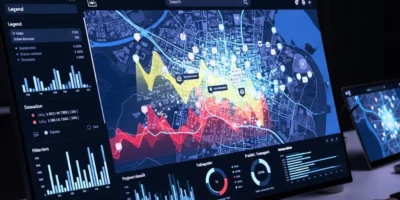Edge computing, the practice of processing data closer to its source rather than relying on centralized cloud systems, is gaining traction rapidly. As data generation surges from billions of IoT devices, real-time applications, and smart systems, edge computing offers a compelling alternative to traditional architectures. This shift is not only infrastructural but also philosophical, demanding a new way of thinking in software development.
Redefining Application Architecture
Edge computing challenges the once-dominant paradigm of cloud-centric design. Instead of funneling all data to a centralized cloud, applications now need to operate on a distributed network of edge nodes. This transformation requires developers to reimagine software architecture, designing for locality, autonomy, and minimal latency. Stateless microservices, containerization (such as Docker), and lightweight protocols are becoming essential for edge-native development.
Enhancing Performance and Responsiveness
One of the most significant benefits of edge computing is ultra-low latency. Applications such as autonomous vehicles, industrial automation, and AR/VR cannot tolerate delays of even a millisecond. By moving processing closer to the source, edge computing enables near-instantaneous decision-making. Software developers are now expected to build systems that capitalize on this responsiveness, particularly in mission-critical and real-time environments.
Prioritizing Resource Efficiency and Security
Edge devices typically have limited computing power, storage, and energy. Developers must now optimize code to run efficiently on constrained hardware. This is a stark contrast to the luxury of infinite cloud resources. At the same time, edge environments present unique security challenges. Decentralization increases the attack surface, requiring robust encryption, secure boot mechanisms, and zero-trust architectures. This means security is no longer a separate layer—it must be embedded from the first line of code.
Enabling Innovation Across Industries
Edge computing is enabling groundbreaking innovations across sectors. In healthcare, remote patient monitoring systems use edge processing for real-time analysis. In retail, edge-enabled cameras offer smart surveillance and behavioral analytics. Developers are no longer just coding for a screen—they’re building intelligent systems that sense, decide, and act. This growing trend will require software engineers to embrace interdisciplinary skills and real-world awareness.
Conclusion
Edge computing is not a passing trend—it is a fundamental evolution in computing. For software developers, it signals a shift toward decentralized, efficient, and responsive systems. Those who adapt early will be positioned to lead in this new era. As edge computing becomes the new norm, it will not only transform how software is written—it will redefine the very role of software in the physical world.













